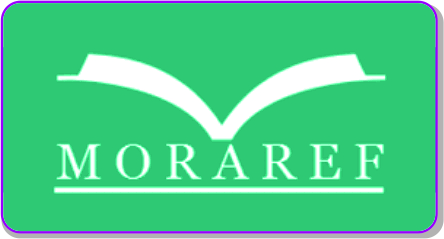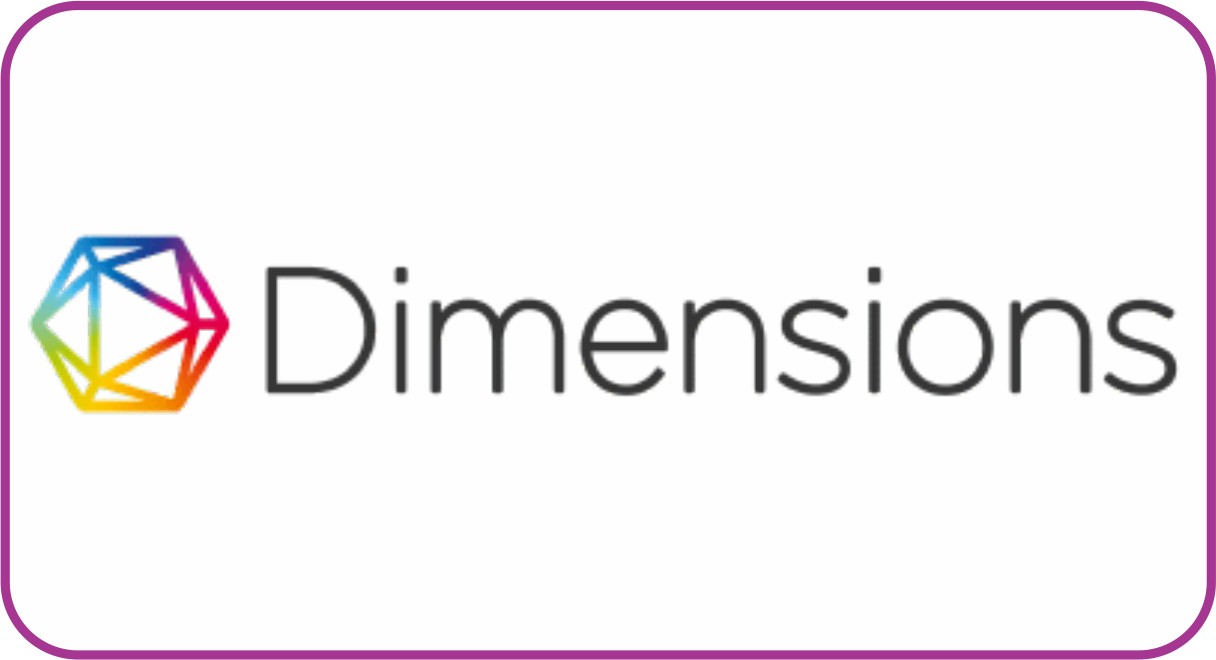A Deixis Analysis of Song Lyrics in Drivers License By Olivia Rodrigo
DOI:
https://doi.org/10.30983/mj.v3i2.6478Keywords:
song, lyrics, deixisAbstract
Abstract
Â
In this research, the researchers would like to analyze the use of deixis in one of the songs of Olivia Rodrigo’s Drivers License song lyrics. The research employes a qualitative descriptive method to analyze and classify the types and meanings of the types of the deixi. This research uses descriptive qualitative research because the research data are words or speech and will be analyzed by explaining the data descriptively. In this study, the researcher used a pragmatic approach to identify the type and to explain the meaning of the type. The results of this research are as follows: (1) Deixis is the most dominant type in the songs. (2) Deixis is used to describe the singer’s personal feelings, to refer to relationships with other people, or to express a particular time and place. (3) The research results found that the frequency of occurrences of person, time, and place in the song lyrics is higher than that in the lyrics.
Keywords: song, lyrics, deixis
Abstrak
Dalam penelitian ini, peneliti ingin menganalisis penggunaan deiksis dalam salah satu lagu dari lirik lagu Surat Izin Mengemudi Olivia Rodrigo. Penelitian ini menggunakan metode deskriptif kualitatif untuk menganalisis dan mengklasifikasikan jenis dan makna dari jenis-jenis deixis. Penelitian kualitatif deskriptif digunakn dalam penelitian ini karena data penelitian berupa kata-kata atau ucapan dan akan dianalisis dengan cara menjelaskan data secara deskriptif. Dalam penelitian ini, peneliti menggunakan pendekatan pragmatis untuk mengidentifikasi tipe dan menjelaskan makna dari tipe tersebut. Hasil dari penelitian ini adalah sebagai berikut: (1) Deixis merupakan tipe yang paling dominan dalam lagu. (2) Deixis digunakan untuk menggambarkan perasaan pribadi penyanyi untuk merujuk pada hubungan dengan orang lain, atau untuk mengungkapkan waktu dan tempat tertentu. (3) Hasil penelitian menunjukkan bahwa frekuensi kemunculan orang, waktu, dan tempat dalam lirik lagu lebih tinggi daripada lirik.
Kata Kunci: lagu, lirik, deiksis
References
Abdullah, Muhammad. (2015). Deixis: a pragmatics analysis. Language in India 15 (12).
Anugrah, S. V. (2018). Analysis of deixis in the story selected from christian bible. Genesis.PROJECT: Professional Journal of English Education, 1(5)(664–670).
Bouk, E. (2016). Pragmatic analysis of deixis speeches of xanana gusmao-the former prime
minister of Timor Leste. Jurnal Tutur, 2(2), 2442–3475.
Cohen, L. (2007). Research methods in education. London: Routledge.
Cruse, A. D. (2000). Meaning in language: an introduction to semantics and pragmatics. New York: Oxford University Press.
Cruse, A. (2006). A glossary of semantics and pragmatics. Edinburgh: Edinburgh University Press.
Dylgjeri, Ardita, Ledia Kazazi. (2013). Deixis in modern linguistics and outside. Academic Journal of Interdisciplinary Studies 2, No.04.
Fromkin, V., Rodman, R., & Hyams, N. (2003). An introduction to language. Massachusetts: Heinle.
Gay, L.R. & Airasian, P. (1992). Education research. New Jersey: Merill Prentice Hall.
Gee, J. P. (2011). An introduction to discourse analysis: theory and method, Third Edition.
London and New York: Routledge Taylor and Francis Group.
Griffiths, P. (2006). An introduction to english semantics and pragmatics. Eidenburgh: Eidenburgh University Press.
Hatch, E. (1992). Discourse and language education. Cambridge: Cambridge University Press.
Horn, L and Ward, G. (2006). The handbook of pragmatic. Swaiialun Strcct, Carlton. Victoria: Blackwell Publishing
Herman. (2015). Illocutionary acts analysis of chinese in pematangsiantar. International Journal of Humanities and Social Science Invention, 4(12):41-48.
Irwandi. (2017). Integrating intercultural communication competence in teaching oral communication skill. Proceedings of the Fifth International Seminar on English Language and Teaching (ISELT-5).
Levinson, S. C. (1983). Pragmatics. London: Cambridge University Press.
Lyons, J. (1983). Introductions to theoretical linguistics. London: Cambridge University Press.
Mahmudova, Sh. A. (2021). Emotional deixis and its verbal expression. Revista Conrado, 17(78), 40-45.
Mahmudova, Sh.A. (2023). Different considerations about the concept of deixis. Theory and Practice in Language Studies, 13 (7): 1674-1679.
Martin, J. R & Rose, D. (2005). Working with discourse meaning beyond the clause. Cambridge University Press
Saputra, Sutrisno, Yanuarti Apsari. (2021). A deixis analysis of song lyrics in “I Want to Break Free†by Queenâ€. Professional Journal of English Education,4(2).
Sholihah, Mar’atus, Endang Susilawati, Dwi Riyanti. (2022). An analysis of deixis in catching the sun novel bu Tony Persons. Journal of English Education Program, 3 (1). http://dx.doi.org/10.26418/jeep.v3i1.49784
Sinaga, Dayana, Herman, Tiarma Intan Marpaung.(2020). Deixis in the song lyrics of Lewis Capaldi’s “Breachâ€Albumâ€. JOLLT Journal of Languages and Language Teaching, 8 (4).
Thomas, J. (1995). Meaning in Interaction an Introduction to Pragmatics. Essex: Longman.
Yule, G. (1996). Pragmatics. New York: Oxford University Press.
Downloads
Submitted
Accepted
Published
Issue
Section
License
Authors who publish with this journal agree to the following terms:
- Authors retain copyright and grant the journal right of first publication with the work simultaneously licensed under a Creative Commons Attribution License that allows others to share the work with an acknowledgment of the work's authorship and initial publication in this journal.
- Authors are able to enter into separate, additional contractual arrangements for the non-exclusive distribution of the journal's published version of the work (e.g., post it to an institutional repository or publish it in a book), with an acknowledgment of its initial publication in this journal.
- Authors are permitted and encouraged to post their work online (e.g., in institutional repositories or on their website) prior to and during the submission process, as it can lead to productive exchanges, as well as earlier and greater citation of published work (See The Effect of Open Access).









